Top 10 Deadliest Animals (Photos)
Deadliest Creatures
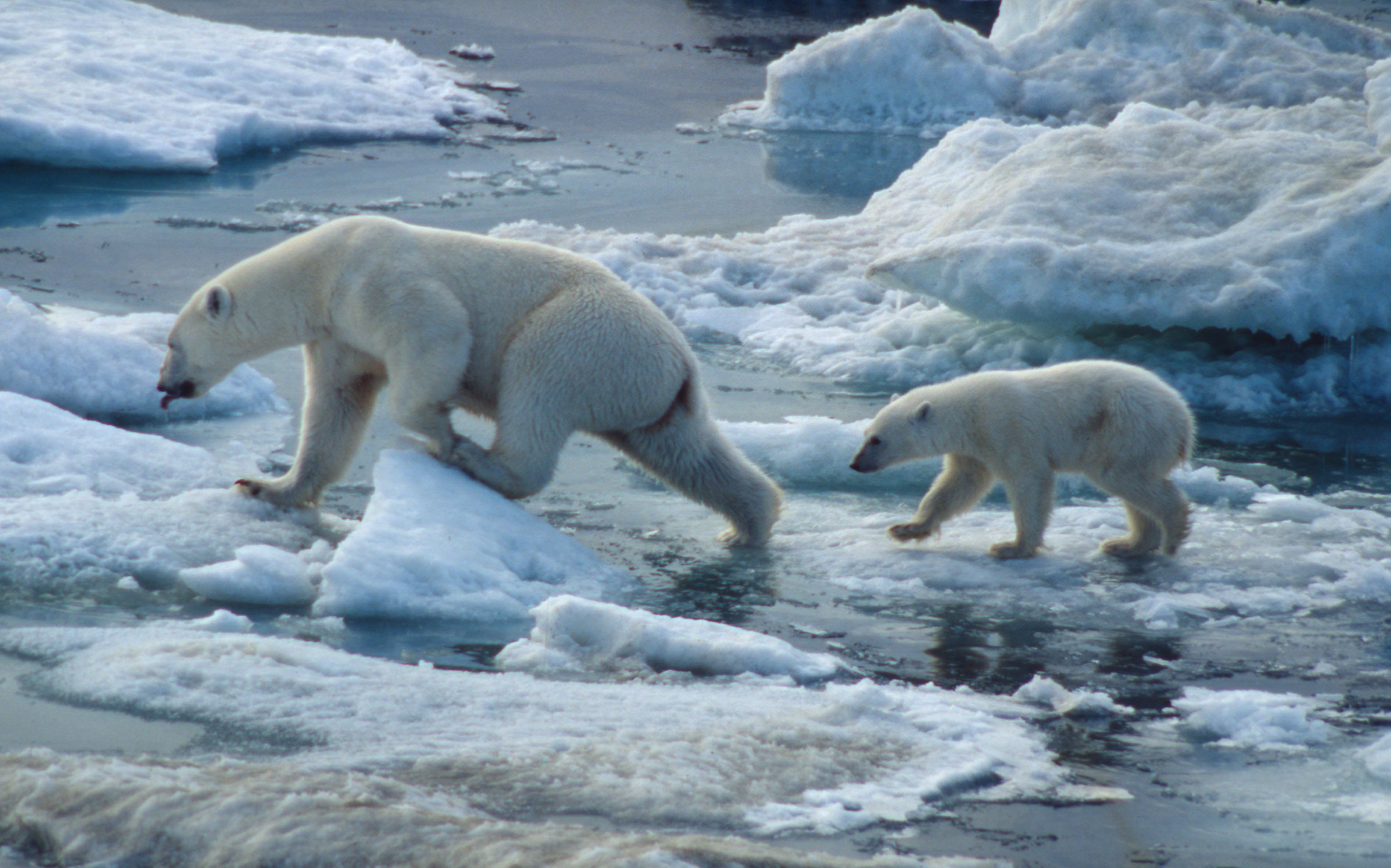
You might not think of these cuddly bears as being deadly, but wait until you read what they can do. Inside you'll find some other truly scary creatures, from things so small you'll barely see them to ones so big you can't miss them (but you'll wish you did). Most don't kill very many humans, but they can be incredibly ferocious predators in the wild, and each demands our respect.
Editor's Note: This list, originally published in 2005, was updated in March 2016 to reflect the latest information. The list of bugs, beasts and lethal animals of several kinds, however, hasn't changed one iota.
Asian Cobra
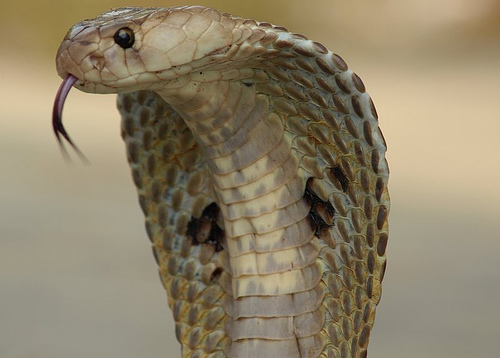
While the Asian cobra doesn't hold the title of most venomous snake, it does the most with what it has. And it's one creature that kills its fair share of people. Of the 50,000 human deaths by snakebite a year, Asian cobras are responsible for the largest chunk. Oh, and if you ever come face to face with one, keep in mind they can shoot venom up to 6 feet (2 meters) with tremendous accuracy. The cocktail of neurotoxins and poisons can blind you.
The next one will really bug you.
Mosquito
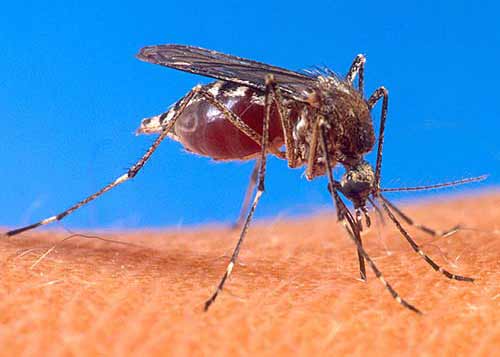
Most mosquito bites just make you itch. But some mosquitoes carry and transfer malaria causing parasites. As a result, these little pests are responsible for the deaths of more than two million people a year. Most recently, mosquitoes were identified as carriers of the scary zika virus, too.
Now for some perspective, as this next great killer rarely actually kills a human . . .
Great White Shark
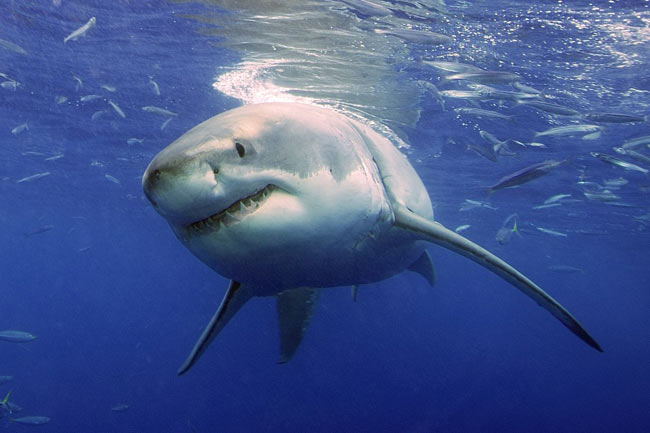
You knew this one would be on the list, right? Blood in the water can excite these sharks into a feeding frenzy, where they'll use all 3,000 of their teeth to bite anything that moves. We must say, though, that for all their ferociousness, human deaths from shark attacks are rare. In 2014, there were 72 unprovoked shark attacks on humans worldwide, and three deaths.
Next: You do not want to tangle with this gelatinous blob!
Australian Box Jellyfish
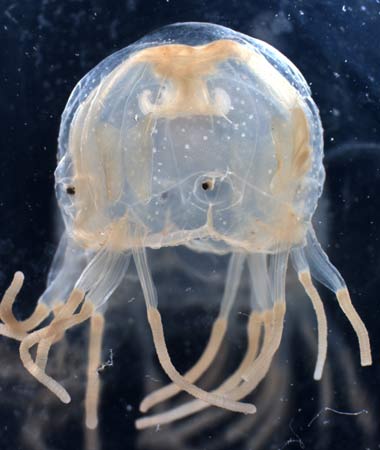
Also known as the sea wasp, this salad-bowl sized jellyfish can have up to 60 tentacles each 15 feet long. Each tentacle has 5,000 stinging cells and enough toxin to kill 60 humans. There are no official records kept, but researchers figure dozens of people are killed by these jellies every year: far more than are killed by sharks!
One word on this next killer: Roar!
African Lion
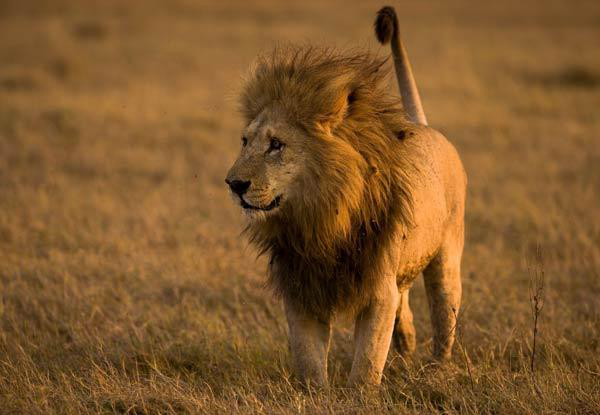
Giant fangs? Check. Lightning quick? That too. Razor sharp claws? You betcha. Hungry? You better hope not. These big cats are near perfect hunters. But here's something we bet you didn't know: In the days after a full moon, lions are more likely to attack humans, one study found. Why? Because with bright moonlight, their regular prey sees them coming, and the lions get hungry.
Watch where you step if this next beast is nearby . . .
Crocodile

Don't mistake this croc for a log! It can lay still in the water, waiting for passers by. Then, in the blink of an eye, it'll lunge at prey, pulling it under water to drown and dismember. You're more likely to die of a bee sting than to be killed by a crocodile, but still, what a way to go! Modern crocs inherited their famed "death roll" from their ancient ancestors, a 2014 study of fossils found.
OK, this next beast is huge. But deadly?
Elephant
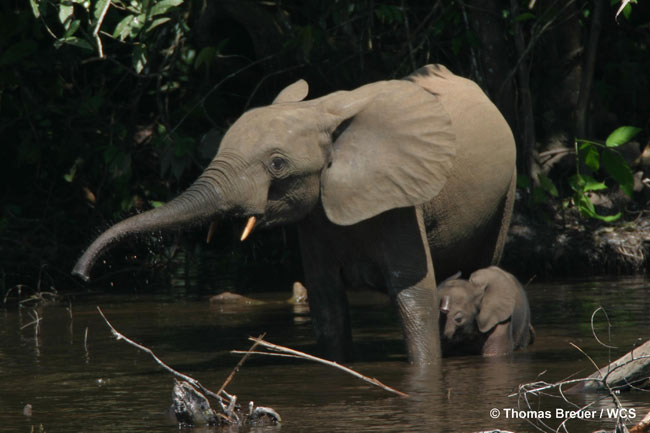
Not every elephant is as friendly as Dumbo. Elephants kill more than 500 people a year worldwide. African elephants generally weigh in around 16,000 pounds. All the better to stomp you with. And then there's those sharp tusks (graphic video).
Next: Do notkiss this little critter.
Poison Dart Frog
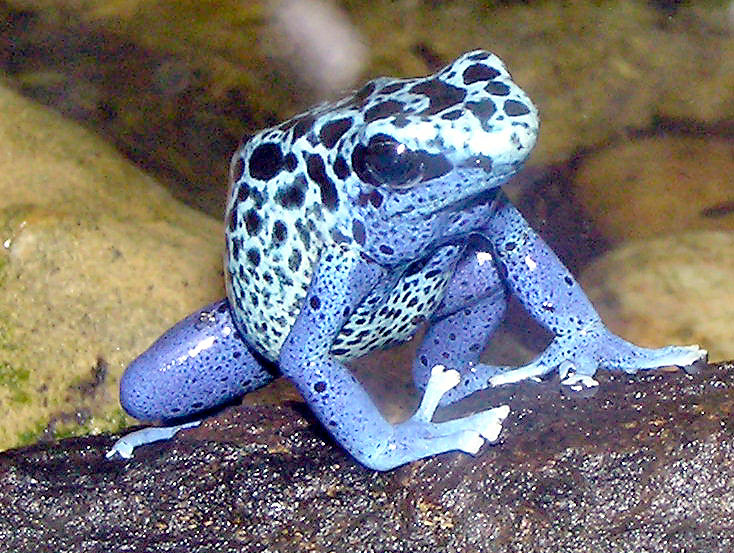
These pint-sized frogs aren't for kissing. Their backs ooze a slimy neurotoxin that is meant to keep predators away. Each frog produces enough of the toxin to kill 10 humans.
Next: A surprise entry is next.
Polar Bear

Sure they might look cuddly at the zoo, but in the wild they eat elephant seals for breakfast. Get between one and its cub and it could easily rip off your head with one swipe of its giant paw. Still, there are only two or three attacks on humans by polar bears each year, almost always because humans get into their environment, often while camping, and don't take proper precautions, according to the conservation group Polar Bears International.
The next and last deadly beast on our list gets vicious in a whole different way. . .
Cape Buffalo
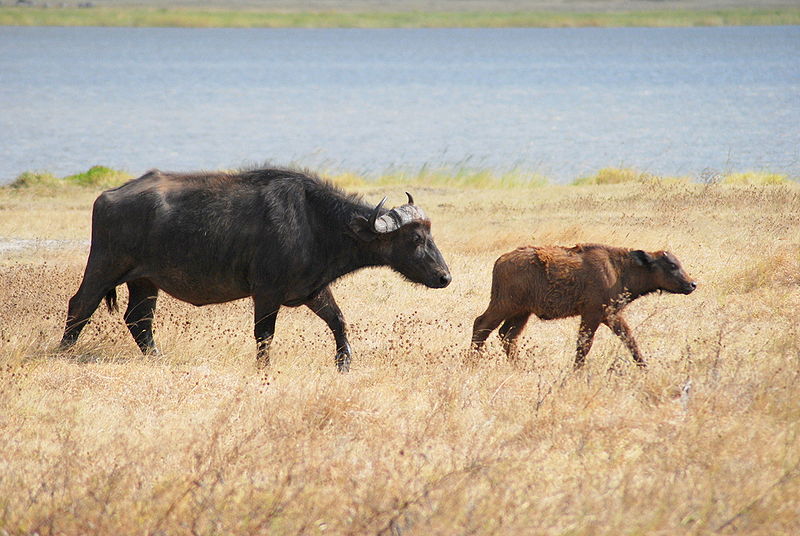
When faced with a predator, cape buffaloes charge head on. That's 1,500 pounds of beast topped off with two big, sharp horns. You're lucky if there's only one - the real danger comes when a herd of thousands stampedes in your direction.
By the way, did you know why American bison are often wrongly called buffalo? It's because when early settlers saw them, they were reminded of the creatures by that name that they'd seen elsewhere.
Sign up for the Live Science daily newsletter now
Get the world’s most fascinating discoveries delivered straight to your inbox.











